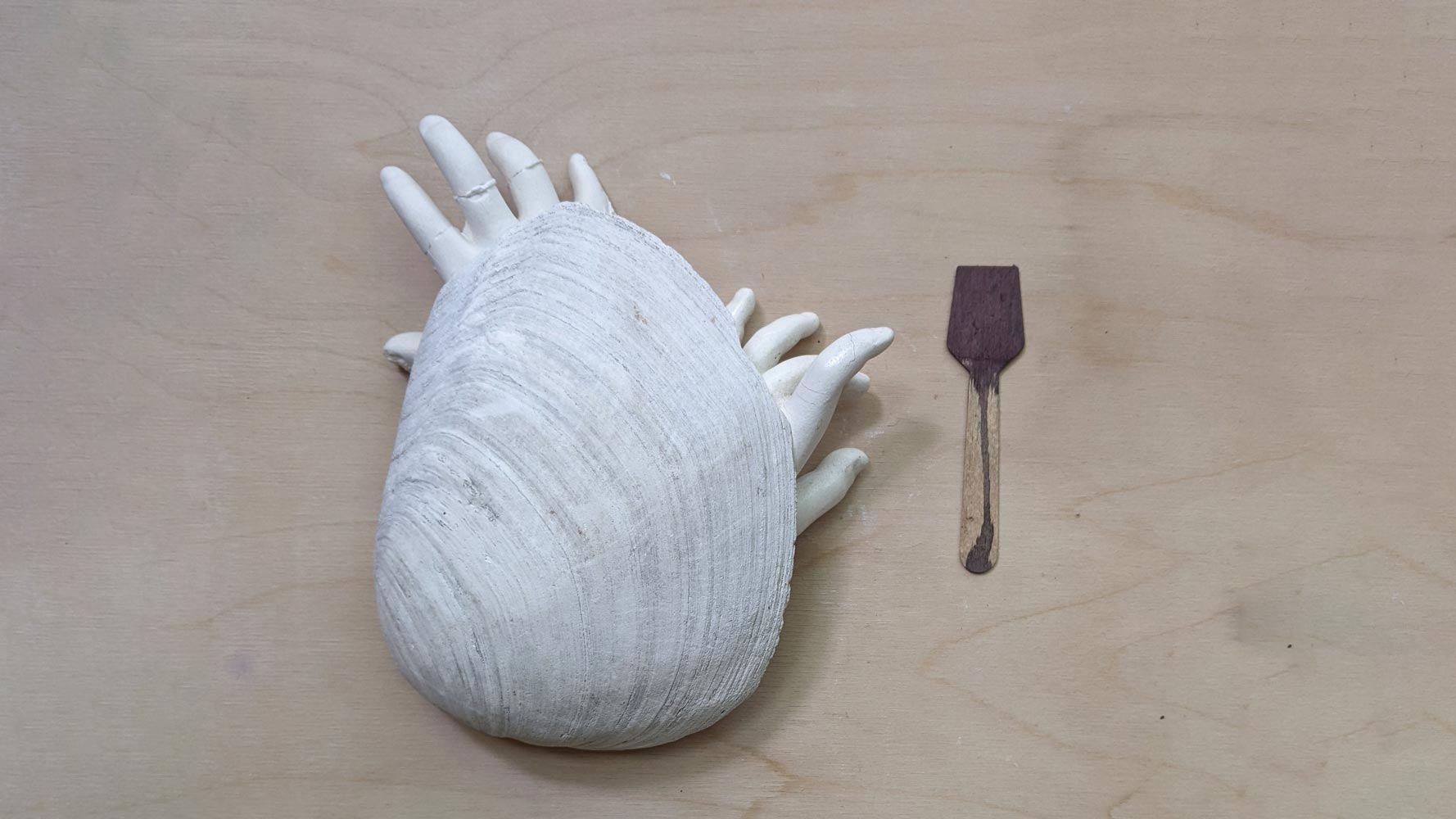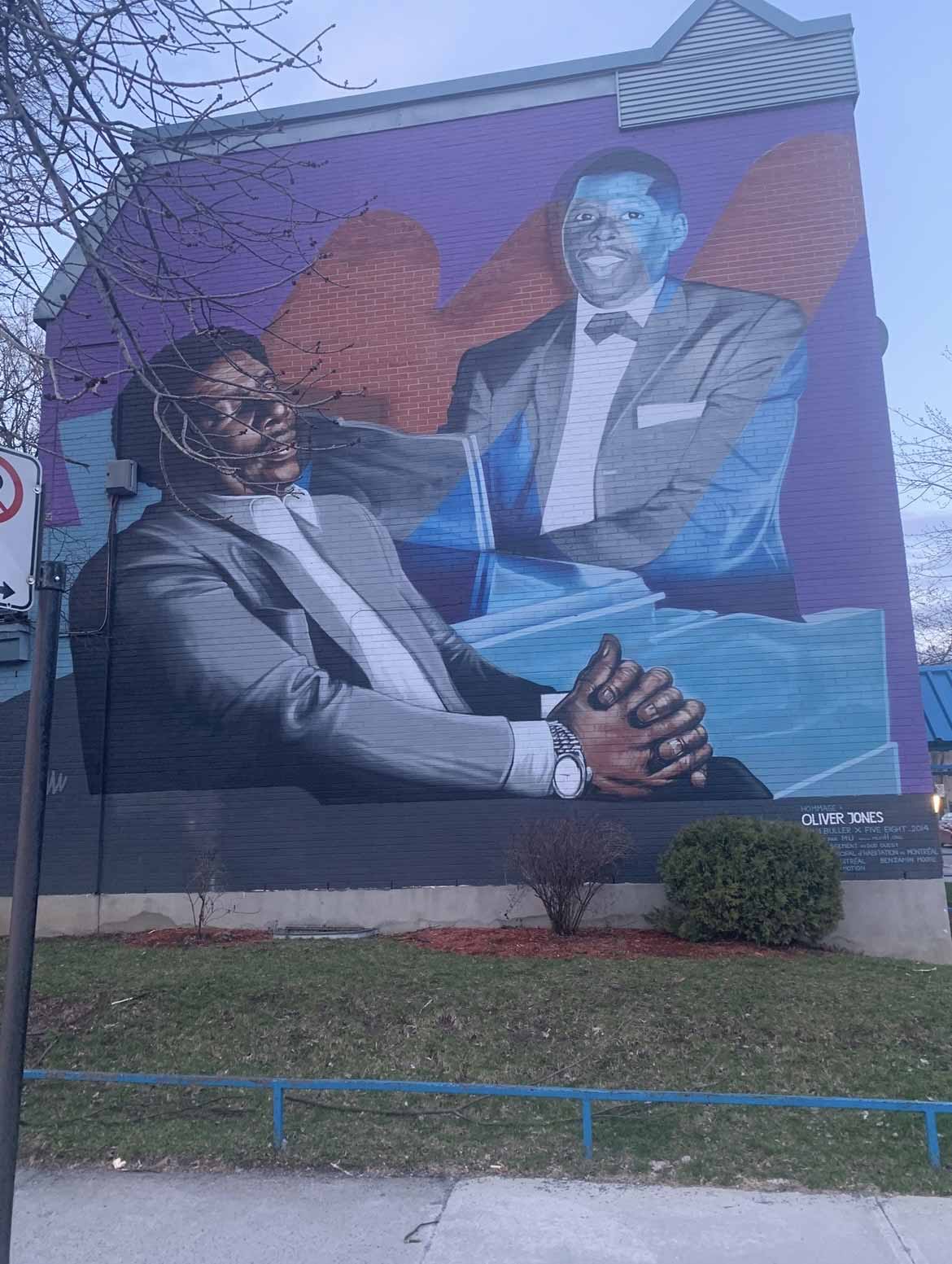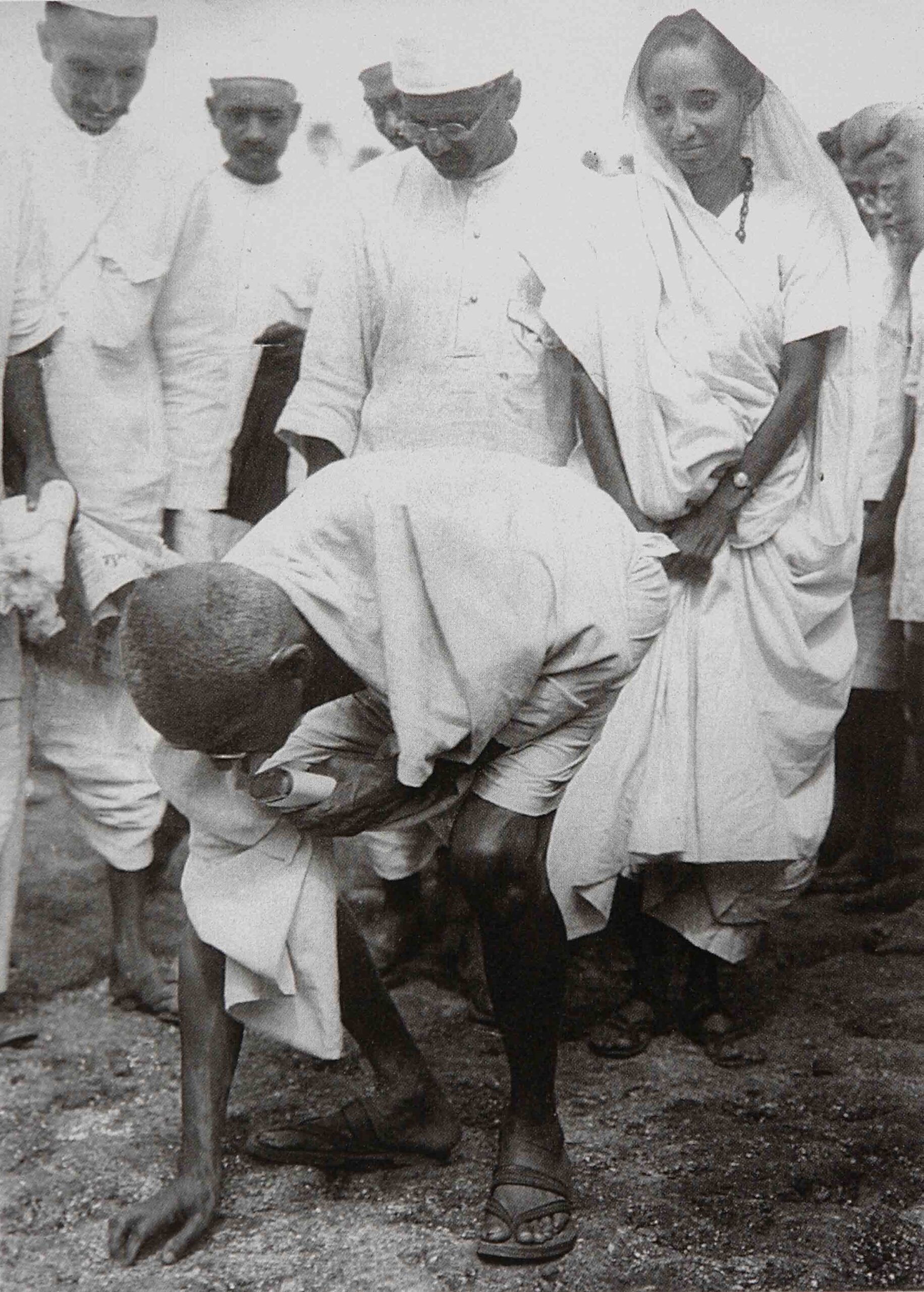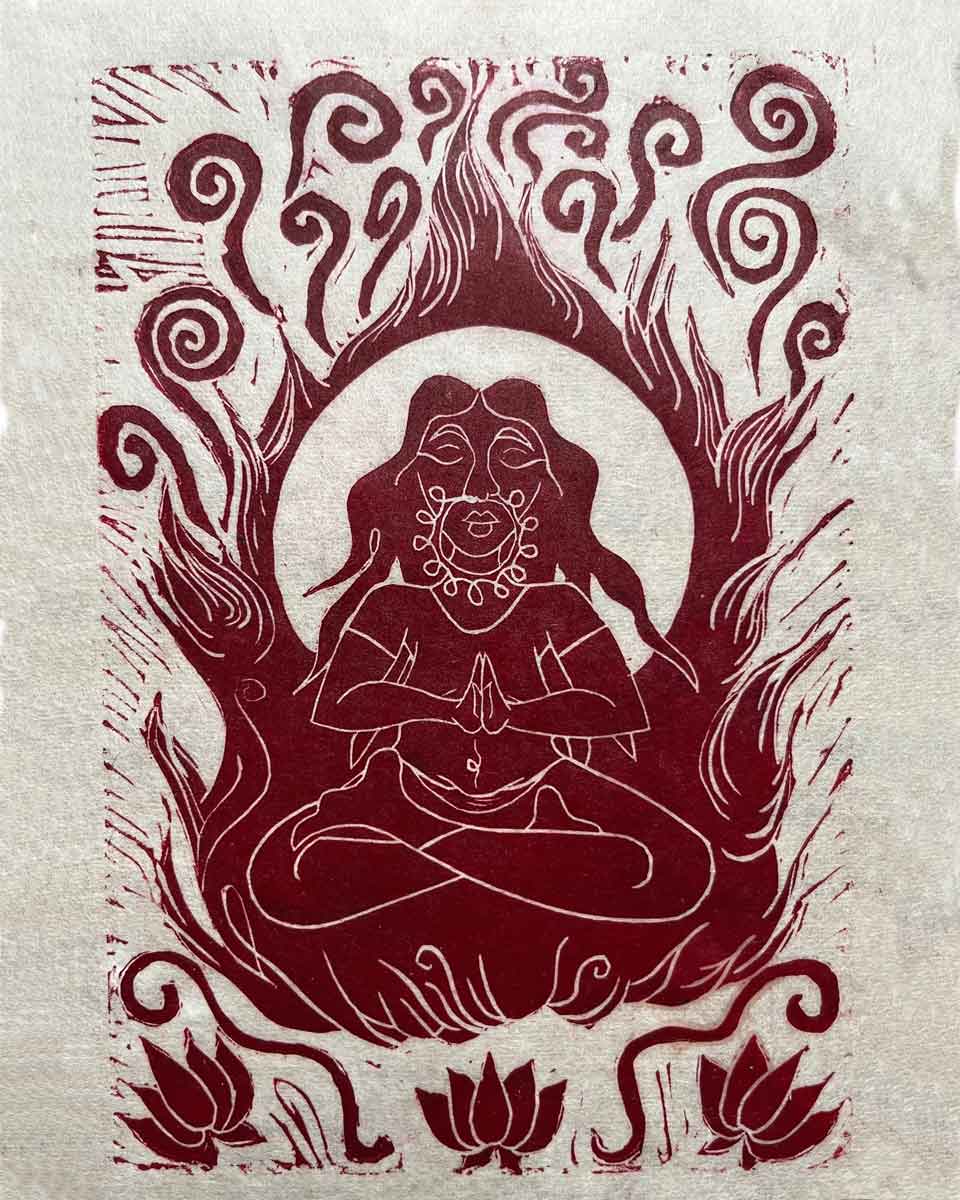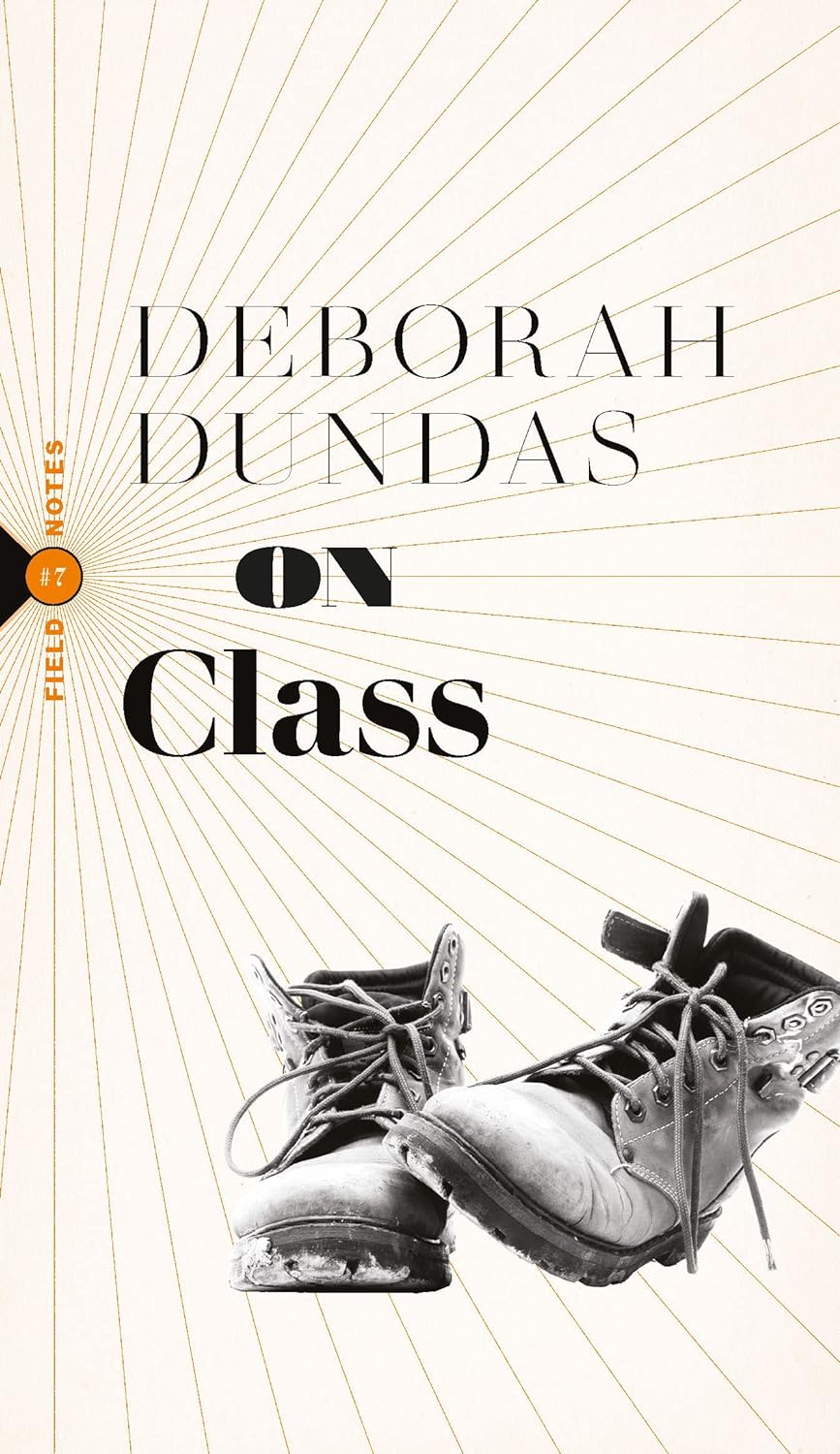
Coming at the complex issue of class from several angles, Deborah Dundas draws from personal narrative, interviews and testimonies, formal research and studies, information from media, and other sources to present a holistic, nuanced and highly informative view of class in Canada.
The introduction situates class within the COVID-19 pandemic, when it became clear that working-class people, particularly front-line workers, had to literally put their lives in peril to get their jobs done.
Dundas sets out to define the slippery social construct called “class” using income measures set by the Organization of Economic Cooperation and Development (OECD) and Statistics Canada. A 2017 perceptional study by the Canadian polling firm EKOS seems helpful. In this study, 13% of Canadians defined themselves as poor, 43% as middle-class, 37% as working-class and 4% as upper-class. Just 17 years earlier, 70% of Canadians considered themselves middle-class. The study showed a generational difference as well. More baby boomers identified as middle-class compared to Gen X, with an even smaller segment of millennials perceiving themselves as such. Expectations of upward mobility, a defining feature of the North American dream, are also on the decline.
What are the impacts of belonging to a certain social class? Dundas quotes Gabriela Ramos from the OECD, who effectively traces the connection between class and equality: “We have long emphasized the multi-dimensional nature of inequality. Socio-economic status heavily influences employment prospects, job quality, health outcomes, education and other opportunities (including access to relevant networks) that matter to people’s well-being.” It is well documented, Dundas states, that children whose parents have access to higher education are far more likely to attain it themselves than children whose parents did not complete secondary school.
In Chapter 2, Dundas further unpacks privilege, calling it “a special right or advantage that a particular group or person has.” She examines this advantage partly through the lens of attending a big fundraising gala where she acutely felt like she didn’t fit in. Such reflections on her lived experience of poverty, which are interspersed throughout the book, are a potent and effective way of explaining class.
This explanation is fortified by the personal stories of other people who grew up poor. Poverty equals living in substandard housing, being evicted, scrimping on basic needs—food, electricity, heating, clothing and items of personal hygiene—let alone having money for books or self-development activities routinely offered to middle-class children. It causes shame, anguish and insecurity, among other things. Nevertheless, these are also stories of hope. Her interviewees make good afterward, despite society setting very low expectations for them, through such different means as remarkable personal and family strength, a teacher or person in power who helped them, and even sheer luck.
When some people do make it to the middle class, they find themselves silenced in terms of talking about their past.
Dundas consistently highlights systemic factors, discussing the gradual but relentless degradation of benefits that the working class used to enjoy through participation in unions and the social safety nets provided by the government. She underlines how race, sexuality, immigration and aging are some of the other factors that further heighten the challenges imposed by a lower-class status. When some people do make it to the middle class, they find themselves silenced in terms of talking about their past. Dundas explores this important aspect in a chapter entitled “On Fitting In.”
This leads her to chapter 4, “On Voice.” Here Dundas enlarges the landscape of inequity by focusing on the role of the cultural sector—which contributes $53 billion to the Canadian Gross Domestic Product (GDP)—in downplaying or even excluding some lower- and working-class voices, while amplifying others. She also talks about the lack of diversity among the people who work in the sector, giving the specific example of the publishing industry. Given its relatively low pay, the industry offers careers that only the elite have the privilege of taking up, according to writer Joanne Harris in The Guardian.
“Authentic voices are important,” Dundas writes. “Once you’ve heard and understood different perspectives… it’s impossible to forget them, to ignore them… You become part of the narrative: there is no us and them…” While this sounds rather pat, nothing can shift without going beyond middle- and upper-class narratives and representations.
In the penultimate chapter, Dundas talks about the need for solidarity among and across movements—intersectionality—even as our social and political rhetoric becomes increasingly divisive. Here, she also provides a concrete example of personal and community action through her own volunteer work with the Hunger Patrol, which offers nourishing meals to the homeless.
The much-loved and touted individualistic “hero”—someone who pulls themselves up by their bootstraps—constitutes a myth that neither fits nor serves most humans.
Toward the end of the book, she bravely challenges the “hero narrative” woven and maintained around poverty. The much-loved and touted individualistic “hero”—someone who pulls themselves up by their bootstraps—constitutes a myth that neither fits nor serves most humans. Equally, most social progress has been made by people working collectively in “unglamorous settings” to tackle systemic injustices, and Dundas peppers the book with a few examples of such people. Again, the author urges us to widen and deepen the storytelling canvas.
Perhaps, the ultimate take-away from this book is how very difficult it is to climb out of poverty and how urgent the need to understand and do something about it is. I hope this slim, powerful volume circulates through government offices, educational institutions, libraries, book clubs and community organizations, and also makes its way into the hands of individual readers. But it should not stop there. Rather, I hope it sparks conversations, debates and collective action.
Notes
On Class is part of a series called Field Notes, published by Biblioasis, an independent Canadian bookstore and publishing company based in Windsor, Ontario. These slim volumes are priced between $13 and 16. On Class itself is about 150 pages.
A news story on The Sunday Edition of CBC Books, dated August 11, 2020, describes the series as “books designed to be responsive to current affairs and issues impacting our world.” Other titles include On Risk, On Property and On Community. More information can be found here.
